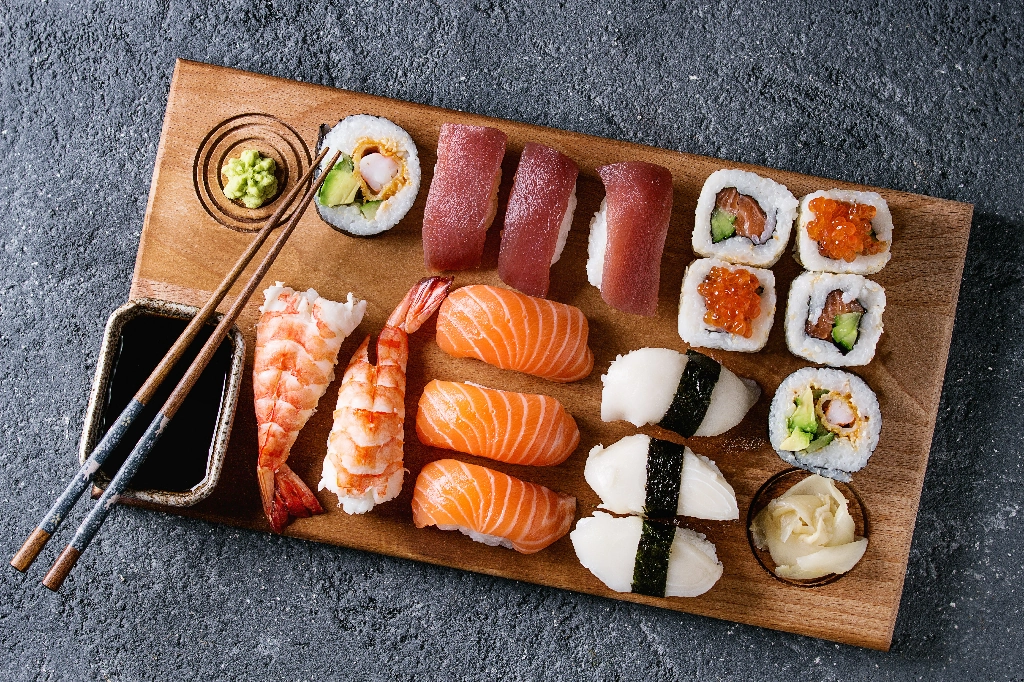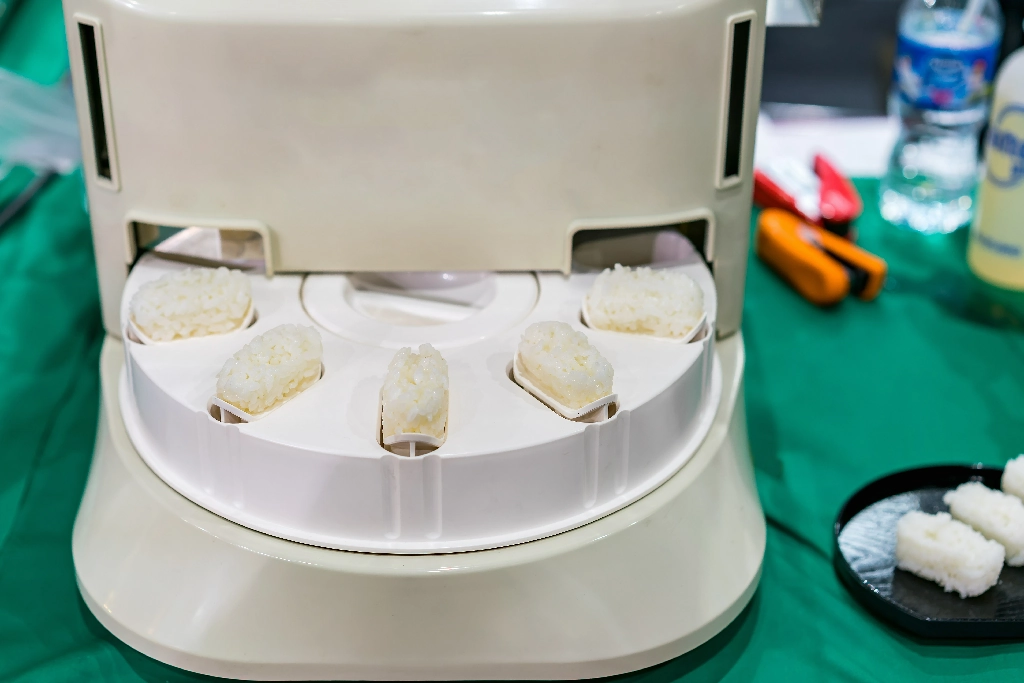Sushi Machines: The Remarkable Revolution in the Food Industry
If you take a close look at the fast-paced world of the food industry, innovation plays a vital role in enhancing efficiency and taste. Among the latest culinary advancements, sushi machines have emerged as a game-changer, revolutionizing the way sushi is prepared and served. This article explores the fascinating realm of sushi machines and how they are transforming the food industry, making the sushi machine business more relevant than ever.
Quick Navigation
Understanding the cutting-edge technology of Sushi Machines
Sushi machines are designed with the intention of streamlining the sushi-making process, from rice preparation to rolling and slicing. These machines automate laborious tasks, significantly increasing productivity without compromising on quality. With precision engineering and state-of-the-art features, sushi machines cater to the growing demand for fresh, delicious sushi in an efficient manner.
How have Sushi Machines evolved over the years?
The roots of sushi machines can be traced back to ancient Japan, where sushi-making has been an art form for centuries. Initially, sushi chefs relied on traditional hand techniques to craft exquisite sushi rolls, nigiri sushi , etc. Sushi was first “properly” marketed by Hanaya Yohei. Yohei established the first sushi shop in 1824 in the Honjo District of Japan. However, as sushi’s popularity soared, the need for faster production methods arose. This led to the development of the first-generation sushi machines in the 1970s.
The technology that is being used in sushi machines has undergone rapid changes in recent times. Today, we have sophisticated models capable of producing various types of sushi, including maki, nigiri, and even creative fusion rolls. Modern machines are equipped with cutting-edge technologies like artificial intelligence, robotics, and touch-screen interfaces, making them user-friendly and efficient.
So what are the advantages of owning Sushi Machines for Businesses?
A sushi machine isn’t just good for speeding up certain aspects of the sushi making process. It can add a whole myriad of additional benefits such as l
- Enhanced Efficiency: Sushi machines can produce a large volume of sushi in a short time, reducing wait times for customers and optimizing staff productivity.
- Consistent Quality: Precision and automation ensure uniformity in sushi preparation, guaranteeing consistent taste and presentation that customers can rely on.
- Labor Savings: With machines taking care of repetitive tasks, restaurant owners can cut down on labor costs and allocate human resources to more creative and customer-centric roles.
- Hygiene and Food Safety: Sushi machines adhere to strict hygiene standards, minimizing the risk of food contamination and ensuring food safety compliance.
- Diverse Menu Options: From classic sushi rolls to customized creations, sushi machines offer versatility, allowing chefs to experiment with new flavors and ingredients.
- Quick Learning Curve: Operating sushi machines is relatively straightforward, reducing the time and effort required for staff training.
The different types of Sushi Machines and their features

The sushi machine market offers a diverse range of options tailored to different restaurant needs. Some popular types include:
- Rice Mixers and Cookers: These machines automate the rice preparation process, ensuring perfect texture and consistency for sushi rice.
- Maki Roll Machines: These machines automate the rolling of maki sushi, producing neat and tightly wrapped rolls.
- Nigiri Machines: Nigiri sushi requires precision, and these machines can delicately form rice beds and top them with fresh fish or other toppings.
- Sushi Conveyor Belts: A staple in many sushi restaurants, these belts carry various sushi dishes around the restaurant for customers to choose from.
- Automated Sushi Vending Machines: These innovative machines offer sushi on-the-go, making them a hit in busy urban areas.
At Top Sushi, we offer a wide variety of sushi machines ranging from sushi rice mixers to maki and nigiri sushi machines, sushi rollers, sushi cutters and more! Please consult our Sushi Machine Listing for more details!
Using Sushi Machines to increase sustainability
As environmental consciousness grows, sustainability becomes a crucial consideration for the food industry. Companies choosing to invest in Sushi machines contribute to sustainability efforts in several ways:
- Reduced Food Waste: Precise portion control and consistent production lead to a decrease in food waste, benefiting both the environment and the bottom line.
- Energy Efficiency: Manufacturers have been developing energy-efficient sushi machines, minimizing their carbon footprint.
- Sustainable Sourcing: Sushi machines enable chefs to explore alternative, sustainable seafood options, contributing to marine conservation.
Sushi Machines and the Future
The future of sushi is brimming with exciting possibilities. The increase in demand for sushi and continued advancements in technology will lead to even more efficient, smarter, and eco-friendly machines. As the sushi machine business continues to grow, affordability increases allowing for a range of large and small scale restaurants and eateries to adopt sushi machines.
Conclusion
We could say looking back at the humble beginnings that sushi machines have revolutionized the sushi industry, redefining the way sushi is prepared, served, and enjoyed. While handmade sushi will always have a place in the industry, the unmatched efficiency, consistent quality, and environmental benefits of sushi machines have made them a cornerstone of the modern food business. Moving forward, sushi machines can work alongside sushi chefs allowing them to hone their craft further and focus on creating even more mouth wateringly delicious sushi creations.
If you are interested in starting your own sushi machine business, reach out to us through our contact page and browse our curated sushi models.









